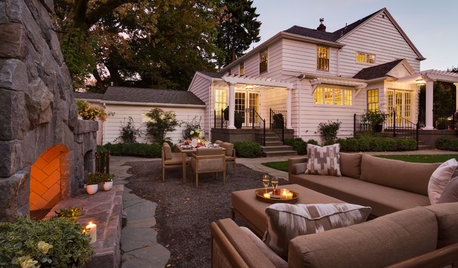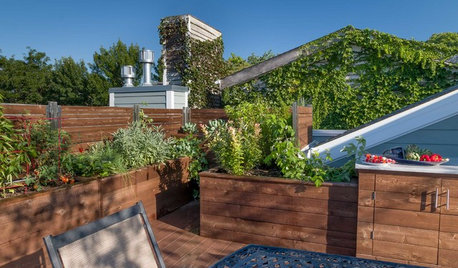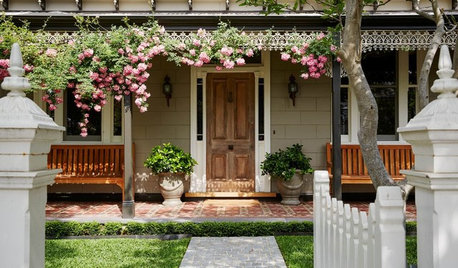Lasagna Gardening
kathaab
15 years ago
Related Stories

GARDENING GUIDESLush, Foodie Abundance in a Small Urban Garden
This modest backyard garden provides its owner with fruit and vegetables all year round, thanks to an innovative low-maintenance approach
Full Story
GARDENING GUIDESGardening Solutions for Heavy Clay Soils
What’s a gardener to do with soil that’s easily compacted and has poor drainage? Find out here
Full Story
GARDENING AND LANDSCAPINGHouzz Survey: See What Homeowners Are Doing With Their Landscapes Now
Homeowners are busy putting in low-maintenance landscapes designed for outdoor living, according to the 2015 Houzz landscaping survey
Full Story
SUMMER GARDENINGHow to Grow Basil
Bright color, quick growth and endless uses for cooking make this summer annual a winner in the garden or a pot
Full Story
GARDENING GUIDESThe Art of Green Mulch
You can design a natural garden that doesn’t rely on covering your soil with wood and bark mulch
Full Story
LANDSCAPE DESIGNGet Along With Less Lawn — Ideas to Save Water and Effort
Ditch the mower and lower your water bill while creating a feast for the eyes with diverse plantings and gathering places
Full Story
GARDENING GUIDES10 Tips for Beginning Gardeners
With a simple sketch, basic tools and the right plants, you’ll be on your way to growing your first flowers or edibles
Full Story
GREAT HOME PROJECTSHow to Replace Your Lawn With a Garden
New project for a new year: Lose the turfgrass for energy savings, wildlife friendliness and lower maintenance
Full Story
GARDENING GUIDESGet on a Composting Kick (Hello, Free Fertilizer!)
Quit shelling out for pricey substitutes that aren’t even as good. Here’s how to give your soil the best while lightening your trash load
Full Story
LANDSCAPE DESIGNFront-Yard Makeover Ideas With Mojo
Make a statement in your front landscape with one of these standout styles
Full Story





duluthinbloomz4
kathaabOriginal Author
Related Professionals
Walnut Landscape Architects & Landscape Designers · Sahuarita Landscape Architects & Landscape Designers · Stamford Landscape Contractors · Brookside Landscape Contractors · Addison Landscape Contractors · Commack Landscape Contractors · Ellicott City Landscape Contractors · National City Landscape Contractors · Merrifield Landscape Contractors · Boston Window Contractors · Wilmington Window Contractors · Carol City Window Contractors · Decatur Window Contractors · Greenburgh Window Contractors · Hutto Window Contractorsvetivert8
kathaabOriginal Author
duluthinbloomz4
lindac
kathaabOriginal Author
kathaabOriginal Author
vetivert8
kathaabOriginal Author
vetivert8